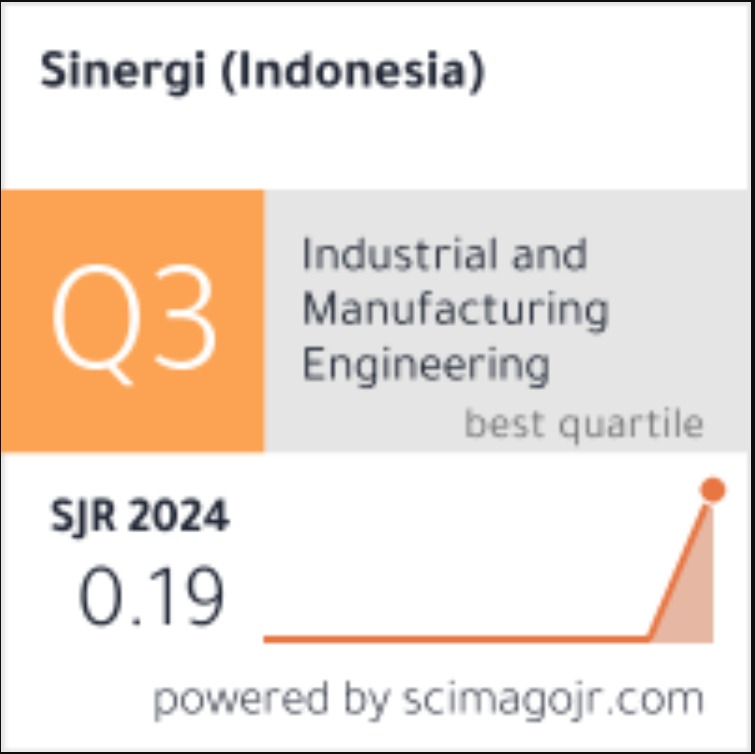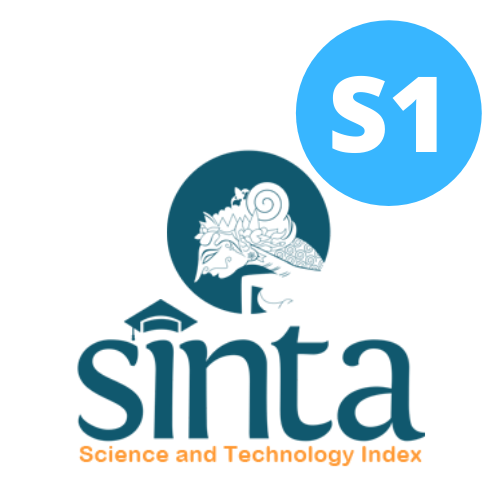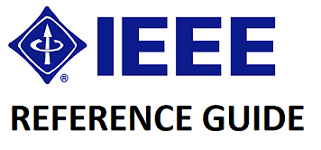Flood and landslide exposure awareness for mitigation of road network performance: a community-based approach
Abstract
Natural disasters in the form of floods and erosion in remote area road networks pose challenges for the government. The involvement of community-based disaster management can make it easier for stakeholders to carry out disaster mitigation intelligently. Digital technology can provide information about disaster conditions and facilitate coordination between related parties in managing floods and landslides. This research aims to explore the cultural understanding of the local community to encourage community-based involvement in optimizing road infrastructure services that have been disrupted due to floods and landslides. This qualitative research method uses data from surveys, Focus Group Discussions (FGD), and in-depth interviews. Several community leaders, non-government organizations, and the government became sources of data and discussions. The research results are divided into four main results: 1) Based on exploring the cultural understanding of the local community about disasters, the community is very concerned about road safety and accessibility. Communities in the road network area have also understood the causes of floods and landslides that can disrupt road functions; 2) Culturally, the community is accustomed to and actively involved in disaster preparedness; 3) Hereditarily, the community has been an essential part of the disaster mitigation process; 4) The community feels comfortable using social media platforms to accelerate community communication in disaster mitigation and handling.
Keywords
Full Text:
PDFDOI: http://dx.doi.org/10.22441/sinergi.2025.2.012
Refbacks
- There are currently no refbacks.
SINERGI
Published by:
Fakultas Teknik Universitas Mercu Buana
Jl. Raya Meruya Selatan, Kembangan, Jakarta 11650
Tlp./Fax: +62215871335
p-ISSN: 1410-2331
e-ISSN: 2460-1217
Journal URL: http://publikasi.mercubuana.ac.id/index.php/sinergi
Journal DOI: 10.22441/sinergi
Journal by SINERGI is licensed under a Creative Commons Attribution-ShareAlike 4.0 International License
The Journal is Indexed and Journal List Title by:














